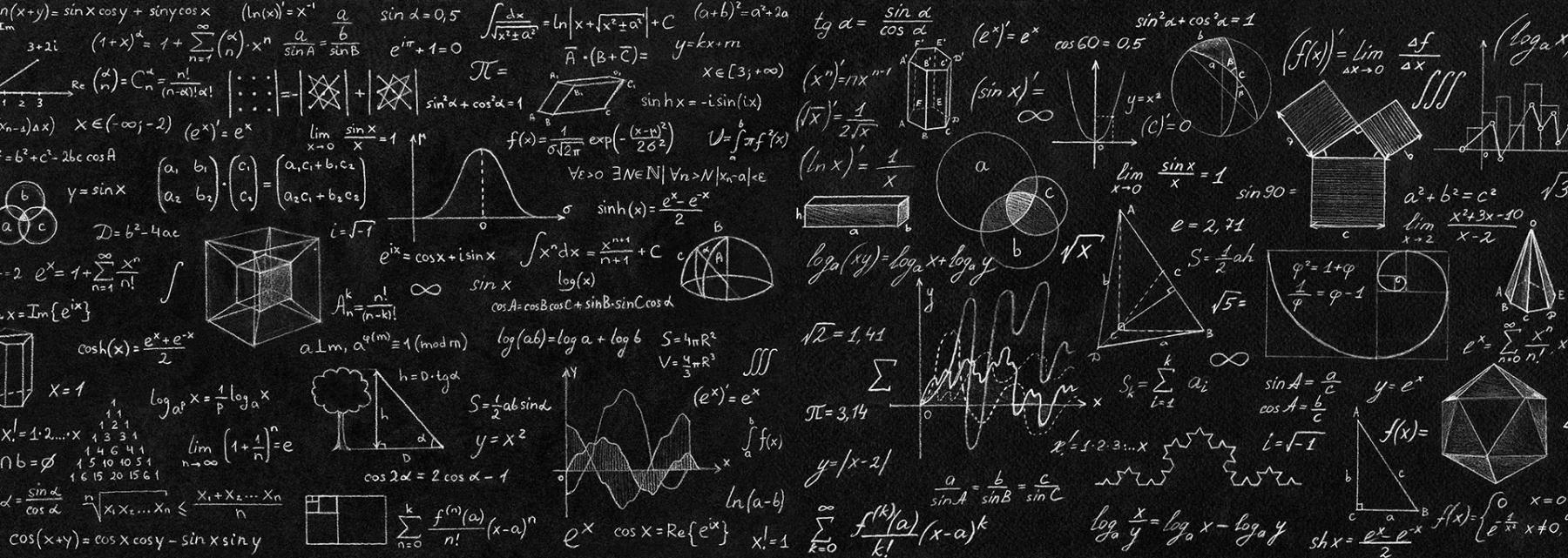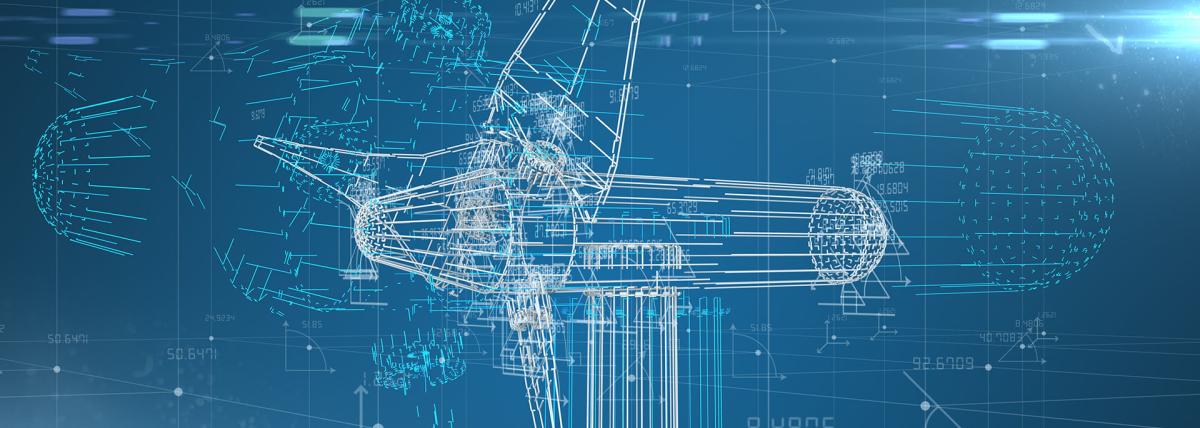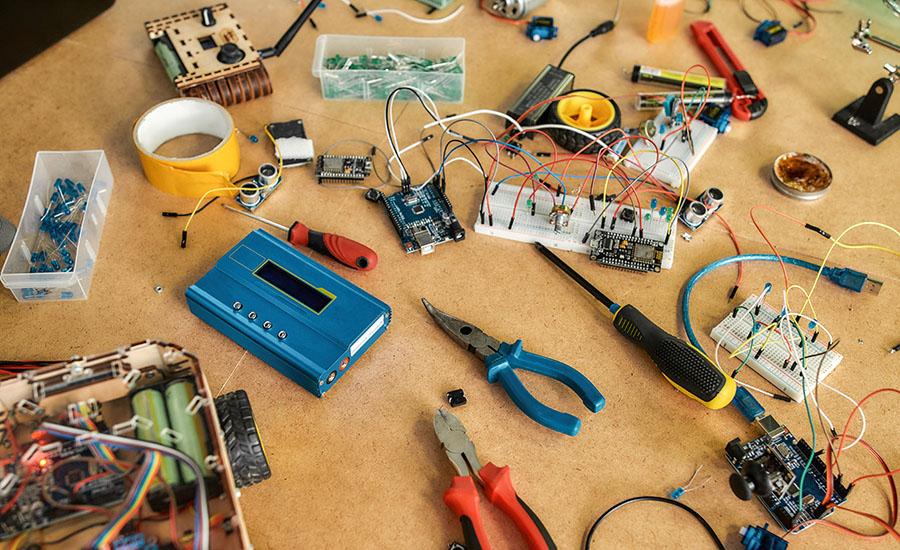
Lesson 1: Energy in Science
by Susie Herman
This lesson will help children discover the phenomena: People say I have so much energy all the time and that the sun gives plants energy, is it the same?
Lesson Grade Level
6th GradeLesson Plan Link/URL
https://docs.google.com/presentation/d/1bMYtCDvwU4ltczzlLUsteYBsuwBbwhjK/edit?u…Subject Area
Science Physical Science P4: Energy Transfer Technology 7. Global Collaborator Engineering S2: Apply the Engineering Design Process
Featured
Off
Related Content

Grades:
3rd Grade, 4th Grade, 5th Grade, 6th Grade, 7th Grade, 8th Grade, 9th Grade
Engineers often create small-size models of a new product to test its design. This is especially true with airplanes. Model testing tells engineers how a design responds to different air conditions

Grades:
6th Grade, 7th Grade, 8th Grade
Model Building For Disaster is a 4-6 week unit in which students research natural disasters around the world and their effect on developing countries. Following their research, student teams design

Grades:
6th Grade, 7th Grade, 8th Grade
Are you ready to build?! In this hands-on lesson students build a model of a robot using LEGOs. They will discuss the advantages and disadvantages of robots and determine what task their model robot